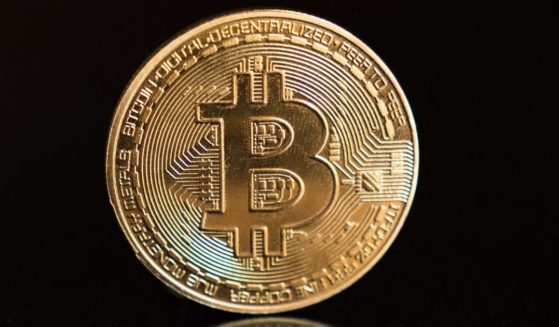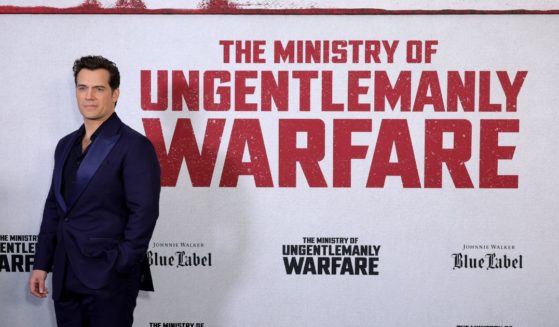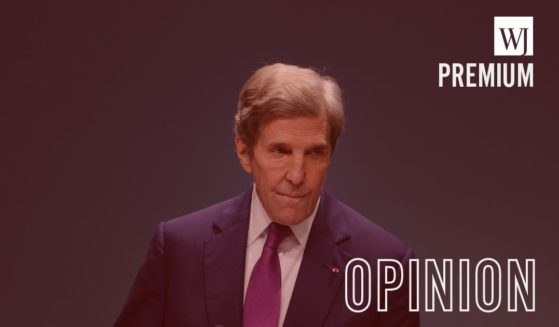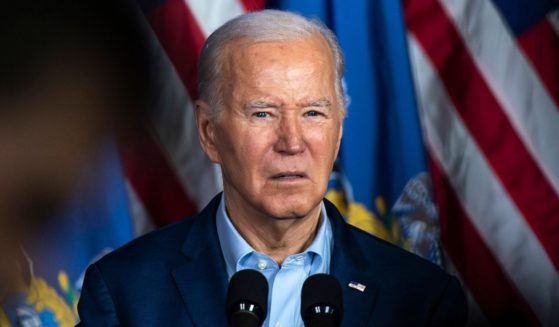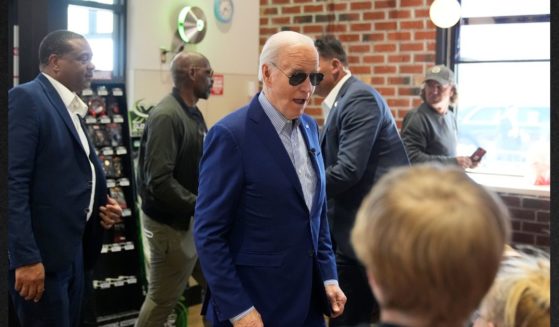The World's First Commercial Christmas Card Is for Sale and It's Only $25,000
A rare Christmas card may be worth a lot of money, but beyond its material value, the holiday spirit represented in the card is priceless.
The world’s first commercially printed Christmas card is currently on sale for a mere $25,000, according to CNN, as fewer than 30 copies of the 1,000 that were originally printed in 1843 remain.
This makes the card’s release date fitting, as 1843 was the same year Charles Dickens’ “A Christmas Carol” was published.
Much like the Christmas card, Dickens’ story espouses many of the virtues society has come to associate with the holidays.
The similarities between the two forms of media were the subject of a previous story on the Christmas card by CNN in 2019, which drew attention to an interesting comparison between Dickens and one of the producers of the card.
Of the three men who created the card, Henry Cole was as instrumental as Dickens in establishing the popular Christmas traditions of today.
While Dickens is believed to have helped shape the modern concept of Christmas through his writing, the 2019 report revealed that Cole was instrumental in developing the Penny Post delivery system in 1840. The system was revolutionary, and it ushered in an era of people sending seasonal greetings on decorated letterheads and visiting cards to one another.
While the Christmas card Cole helped create may not look any different than the warm but often humorous well-wishes people mail out this time of year, the card generated quite a bit of scandal back in its day.
Back when the card was first produced, it attracted controversy for its depiction of a joyful family, including the children pictured on the card, toasting with wine as part of the holiday festivities.
As antiquities dealership Battledore Ltd. explained on its website, the scandal surrounding the content of the card meant it would be another three years before the publisher created a second card.
This may not seem abnormal nowadays, but an essay by Brian Harrison, a fellow and tutor in modern history and politics at Corpus Christi College, Oxford, offers the historical context needed to understand why the public was so astounded by the card’s image at the time.
“To many Victorians drunkenness seemed at the root of many of the big city’s evils: crime, violence, family discord, social unrest, ignorance and poverty,” Harrison wrote.
“Temperance reformers from the late 1820s onwards attacked the problem head on by trying to get drinkers to abstain.”
The modern world may not be impacted by the temperance movement, but current events are likely to inspire appreciation for the simpler times invoked by the card.
For some, there may be unusual feelings of sadness or longing this Christmas season, as safety concerns related to the coronavirus pandemic may prevent some families from meeting for a holiday gathering this year.
But for others, the statewide restrictions forcing businesses to remain shuttered and preventing people from going to work may have led to worries about how their family can afford to have a Christmas.
While it’s easy to become distracted by the card’s expensive rarity, its carefree invitation to join in the merriment when it says, “A Merry Christmas and a Happy New Year to You,” is a difficult offer to turn down.
Truth and Accuracy
We are committed to truth and accuracy in all of our journalism. Read our editorial standards.



